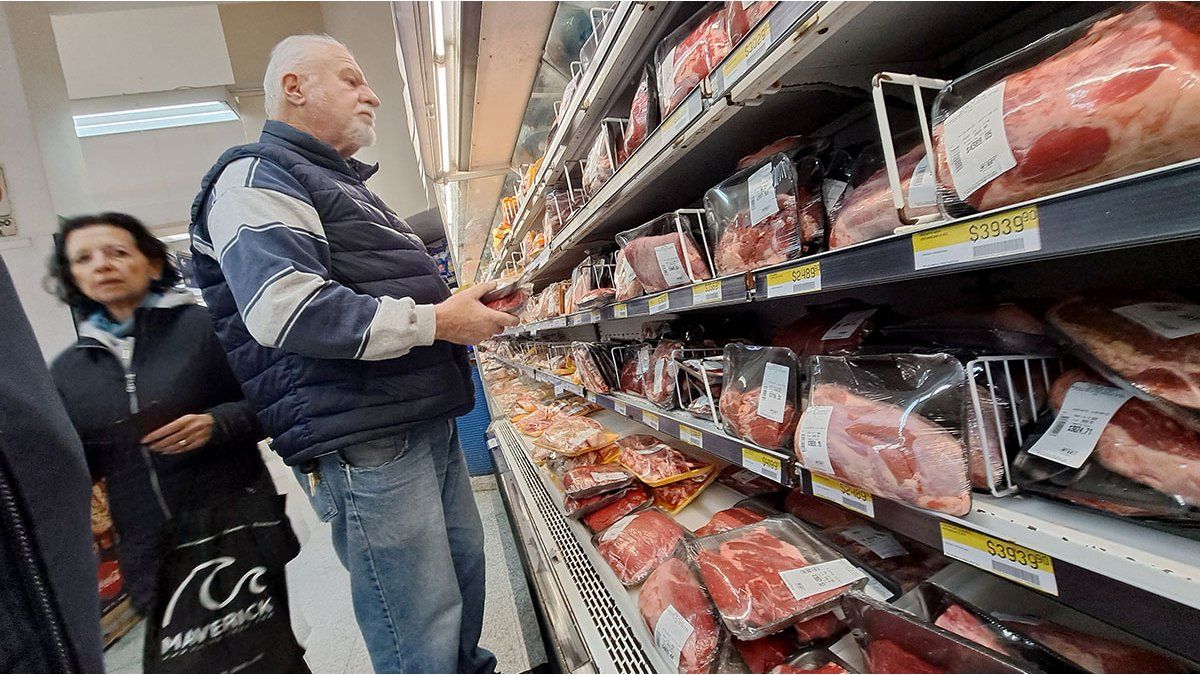The figures disclosed will come from the Office of Economic Analysis, under the direction of Rubinstein. This department was the one that made the decision to make the estimates public on a weekly basis, as announced by the vice minister of Economy on his Twitter profile.
The idea of the Secretariat of Economic Policy is to share every week the details of the monitoring of the Consumer’s price index, thus establishing a difference with the reports presented by private consulting firms.
However, the consulting firm LCG anticipated Rubenstein: Food inflation for the third week gives them 2.9%.
It is worth remembering that the data corresponding to August marked the highest point since March 1991, before the implementation of Convertibility, a plan established during the presidency of Carlos Menem which equated the value of the peso to that of the US dollar. At that time, the figure reached 11%.
Inflation: how September is coming according to the private sector
The impact of the post-PASO devaluation was felt in August 2023, with increases of up to 20% in various categories of mass consumption. In this context, sales in local outlets fell 18%, especially affecting foodpersonal care and cleaning products, according to Damian Di PaceDirector of the Focus Market Consulting Firm.
In the ranking of the products that increased the most in August 2023, The following stand out: Broths (+20.2%), Ready Sauces (+19.4%), Puree (+19.1%), Base Wines (+18.7%), Sweeteners (+17%), Beers ( +16.8%), Sugar (+16.7%), Milk Cream (+16.3%), Toothpastes (+16.2%) and Flavored Sparkling Waters (+16%).
In year-on-year terms (August 2022-August 2023), the products that increased the most were: Sugar (+250.8%), Sweeteners (+191%), Rice (+189%), Beers (+172.9%), Softeners (+172.3%), Ready Sauces (+166.3% ), Powdered Juices (+163%), Detergent (+162.5%), Flavored Sparkling Waters (+162%) and Preserved Foods (+161.3%).
However, the measures taken by the Government, such as credit expansion and improvements in the income of retirees and beneficiaries of social plans, could have a temporary effect on slowing inflation. According to Di Pace, this strategy could generate an additional increase in price variation in the months of October, November and December 2023.
In line with Di Pace, different actors of the private sector They expect the year to close with an increase in food prices, mainly meat, vegetables and fruits. A problem that directly impacts the health of Argentines, since eating healthily costs more and more.
Likewise, after the elections on October 22, andThere may be a correction in food programsespecially if the ruling party fails to maintain power, which could increase pressure on prices.
Source: Ambito




